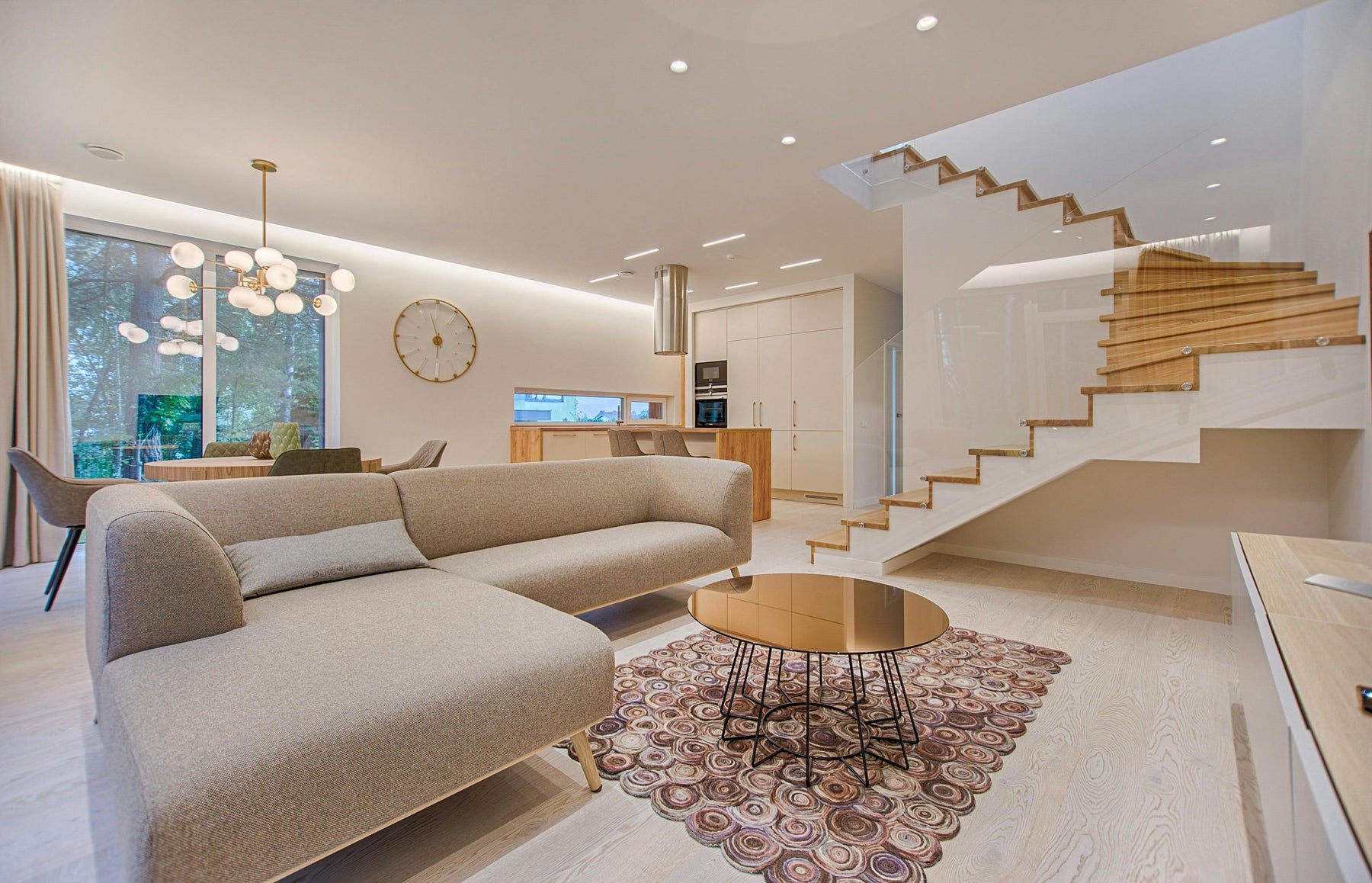We're delighted to speak with you!
CONTACT US

When planning a construction project, one of the most critical decisions is selecting the right materials. The geographical location and climate conditions of a building site play a significant role in determining which materials will be most effective. Whether you're constructing a home in a humid coastal region, a commercial building in a snow-prone area, or an energy-efficient structure in a hot, dry desert, understanding how climate affects material performance is key to ensuring long-lasting durability, energy efficiency, and safety.
At CMS, we recognize that the best building materials are not only those that are aesthetically pleasing but those that are also suited to the local environment. Here’s a breakdown of how climate and location influence material choices in construction.
In regions where temperatures soar, such as desert environments, choosing materials that reflect heat and provide natural cooling is essential. Materials that can absorb and retain heat, like concrete, are commonly used for their thermal mass properties, keeping indoor temperatures stable throughout the day and night.
Best materials for hot climates:
In hot, dry climates, it’s also important to ensure that the materials are not vulnerable to cracking or wear from the intense sun and fluctuating temperatures. Using weather-resistant coatings and sealants can help extend the lifespan of building materials.
In cold regions with freezing temperatures and snow, the primary concern is keeping the building warm while protecting it from the damaging effects of snow, ice, and moisture. Proper insulation and weatherproofing are critical to reducing energy consumption and preventing structural damage caused by freezing and thawing cycles.
Best materials for cold climates:
Moisture control is also essential in colder regions, as melting snow can seep into walls and foundations, leading to water damage and potential mold growth. This is why choosing materials with water-resistant properties is important, along with installing proper drainage systems.
Coastal areas and regions with high humidity present their own set of challenges when it comes to construction. The combination of moisture in the air and salt from the ocean can cause materials to corrode, rot, or degrade over time. In these environments, it’s essential to choose materials that are resistant to moisture, mold, and corrosion.
Best materials for humid or coastal climates:
It’s also important to focus on ventilation and moisture barriers when building in areas with high humidity. Proper ventilation systems can help prevent mold growth, while moisture barriers such as vapor retarders and breathable membranes can keep moisture from seeping into the building structure.
For areas with moderate temperatures and less extreme weather—such as temperate climates—building materials need to strike a balance between insulation, durability, and weather resistance. These areas often experience moderate winters and summers, and the materials chosen should provide energy efficiency without the need for excessive heating or cooling.
Best materials for temperate climates:
In temperate areas, the choice of material is often driven by aesthetic preferences and the building’s intended use. Because the climate is more forgiving, building owners have the flexibility to choose from a wide range of materials based on design goals and budget.
Building in high-altitude regions, such as mountainous areas, requires careful consideration of wind loads and snow accumulation. These areas are often exposed to extreme weather conditions, including heavy snow, high winds, and freezing temperatures. Materials must be able to withstand these forces and provide stability and safety in such conditions.
Best materials for high-altitude climates:
It’s also important to incorporate design features such as steeply pitched roofs to prevent snow accumulation and wind-resistant features like reinforced structures.
At CMS, we understand that the location of your construction site significantly impacts the selection of building materials. Our team works closely with clients to assess the local climate and environmental conditions to choose the materials that will ensure the longevity, safety, and energy efficiency of your building. Whether you’re building in a coastal area, a mountainous region, or a hot desert climate, we have the expertise to guide you through the decision-making process and select the materials that will best suit your needs.
Climate and location are crucial factors that influence the materials used in construction. From extreme heat and humidity to freezing temperatures and high-altitude winds, each environment requires careful consideration of material durability, insulation, and resistance to the elements. By choosing the right materials for the specific climate and conditions, you can ensure that your building is energy-efficient, long-lasting, and safe. At CMS, we take pride in helping our clients navigate these factors to build structures that stand the test of time, no matter where they are located.
We're delighted to speak with you!
{"one"=>"Select 2 or 3 items to compare", "other"=>"{{ count }} of 3 items selected"}